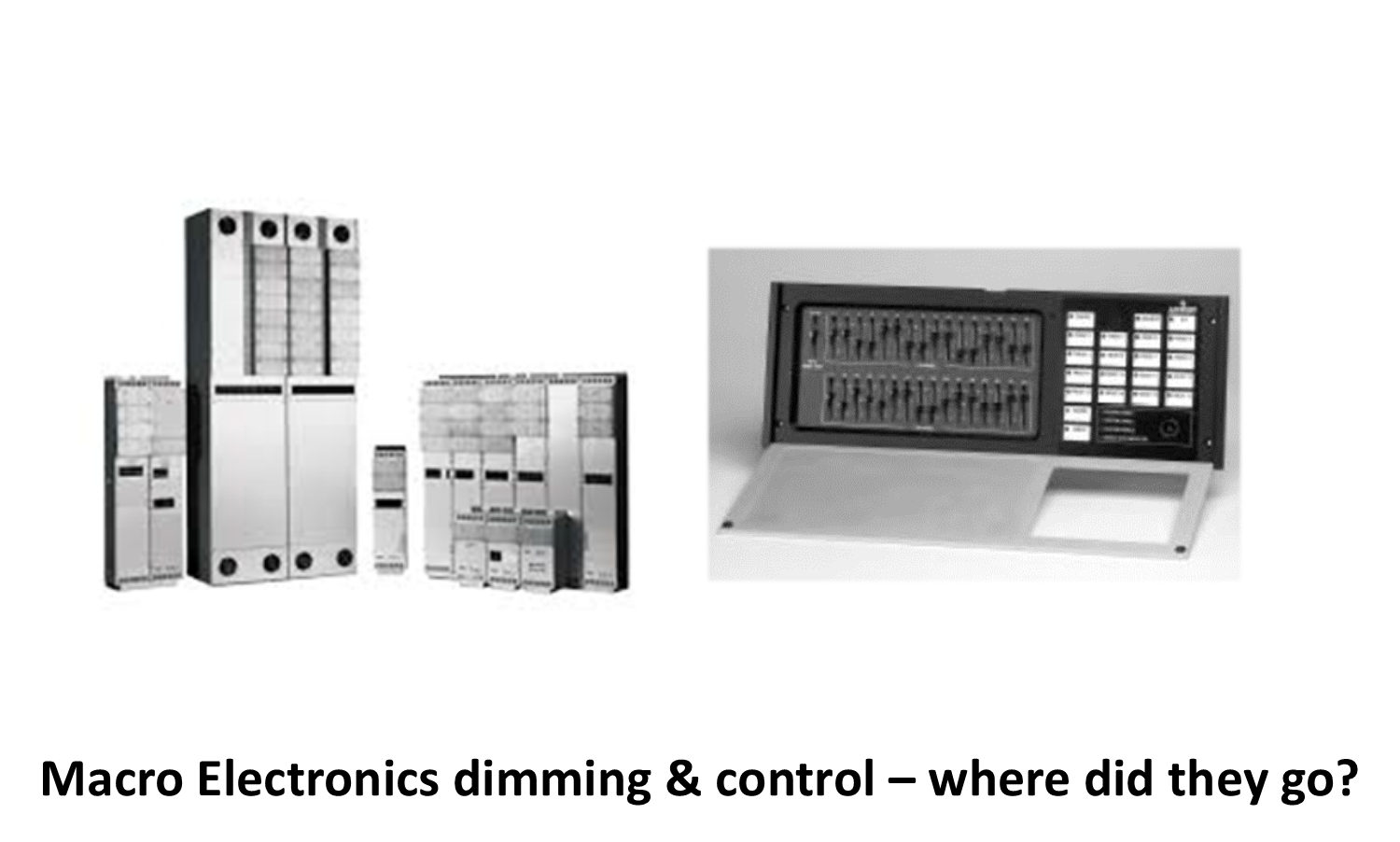Hey, I have been trying to determine if this lighting control system could be modified with a more modern controller (or even at the very least a replaceable control board if this goes out) but I haven’t been able to find any information on this system or what control protocol it’s operating on.
The system controls 16 independent dimmers designed for tungsten lighting.

The plug model is a LEMO FGG.2B.306.CLAD92Z…

I believe this was all installed back in 2000 but anyone with knowledge about it has been gone more than a decade and the contracting company that installed it no longer exists.
Besides that Leviton company name there’s no identification or manufacturing number on the controller pictured above and the same goes for any of the hardware paneling that’s powering the grid. I also checked the circuit board this controller is sending information back to and that’s also lacking information identifying what I’m working with.
We unfortunately don’t use the lights on this grid very often. I installed a number of RGBW LEDs that are powered from a different source and controlled via DMX and that’s just way more versatile to use but I’ve felt this system still has potential applications and it’s going to waist due to the limitations the current control set up has.
I’d love to know if we have any options, any help would be appreciated!
The system controls 16 independent dimmers designed for tungsten lighting.
The plug model is a LEMO FGG.2B.306.CLAD92Z…
I believe this was all installed back in 2000 but anyone with knowledge about it has been gone more than a decade and the contracting company that installed it no longer exists.
Besides that Leviton company name there’s no identification or manufacturing number on the controller pictured above and the same goes for any of the hardware paneling that’s powering the grid. I also checked the circuit board this controller is sending information back to and that’s also lacking information identifying what I’m working with.
We unfortunately don’t use the lights on this grid very often. I installed a number of RGBW LEDs that are powered from a different source and controlled via DMX and that’s just way more versatile to use but I’ve felt this system still has potential applications and it’s going to waist due to the limitations the current control set up has.
I’d love to know if we have any options, any help would be appreciated!



